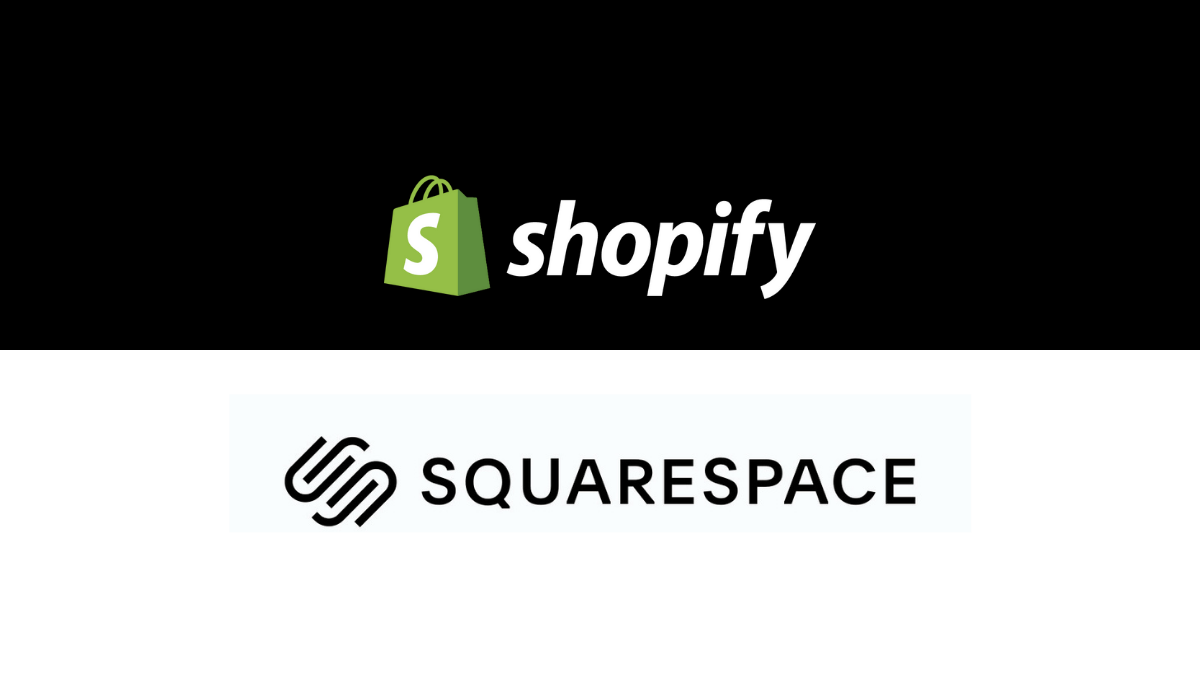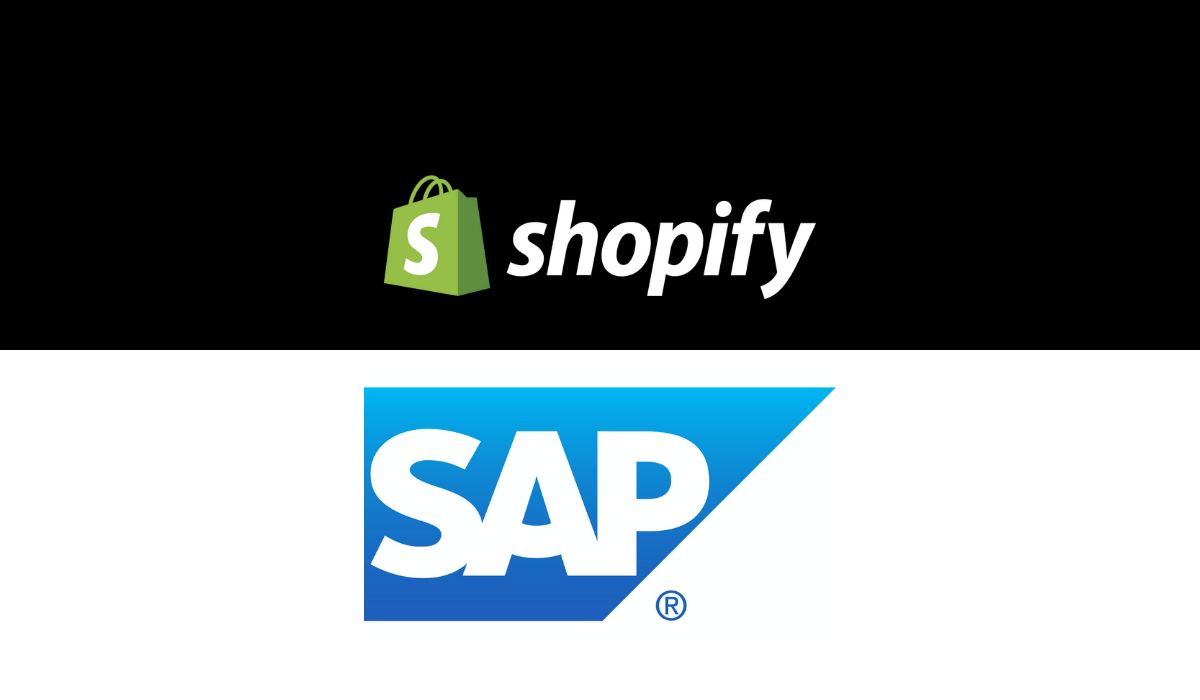Ecommerce platform comparison: Shopify vs Squarespace
If you're an ecommerce business owner, you know just how important it is to provide your customers with a website that is easy to use, accessible and trustworthy. Shopify is an ecommerce platform used by millions of online retailers across the world and offers its merchants a software as a service (SaaS) solution that makes selling, shipping and paying for orders incredibly simple.
Another popular website building software for online businesses is Squarespace, which helps anyone set up a website for almost any purpose, not just ecommerce. With this in mind, this article will compare Shopify and Squarespace across key ecommerce considerations to help you decide which platform is best for helping you grow your online store. Click on one of the links below to jump to that section:
- Shopify and Squarespace: Summary
- Ecommerce functionality
- Themes and page editors
- Apps and store extensions
- Point-of-sale (POS)
- Frequently asked questions
Shopify and Squarespace: Summary
|
|
Shopify |
Squarespace |
|
Target business size |
Large businesses and SMEs, though it can easily be used by small companies. |
Businesses of any size but particularly small to medium merchants and sole traders. |
|
Prices |
|
|
|
App store/extensions |
Over 6,000 apps. |
Over 20 extensions. |
|
Security |
|
SSL certificate. |
|
Multi-channel selling opportunities |
Compatible with a variety of sales channels including but not limited to:
Also offers a POS solution. |
|
|
Payment gateways |
Over 100, including Google Pay and Shopify’s own payment gateway, Shopify Payments. This is available in 17 countries. |
Three (Stripe and PayPal, or Square for POS in the US). |
|
Transaction fees and credit card fees |
0% transaction fee when using Shopify Payments. Credit card fees vary depending on the country. |
Transaction fees applied to the Business plan only (3%). Credit card fees determined by Stripe or PayPal. |
|
Support |
24/7 support. |
Live chat and email services are only available from 03:00 to 20:00 EST and no support over weekends. |
Ecommerce functionality
Before developing its own ecommerce solution, Squarespace was primarily a tool for creating and maintaining content-based websites. They’ve since added the ability to sell products to their platform, but have stuck with the principle that you shouldn’t need to be a design or coding expert to run an efficient and high-quality online business.
Shopify has always been a leading platform for making online stores, and it has more extensive ecommerce features than Squarespace because of this. Both platforms are popular solutions for new ecommerce merchants, but Shopify offers more for the store owner looking for new ways to sell and grow. This includes front and back-end customisation, the ability to sell on more channels and over 100 secure payment gateways compared to Squarespace’s three.
Themes and page editors
Both Shopify and Squarespace offer free and customisable themes which can help you to tweak the customer-facing elements of your site so that it reflects your brand.
Because Squarespace is a more general website builder for use beyond ecommerce, its drag-and-drop page editor lets you add components to customise the layout of static pages. They also offer over 100 free templates for different website types (including portfolios and blogs), many of which are industry-specific (such as DIY and food).
Shopify has over 70 free and paid themes available to use, which can be edited using HTML or CSS either by yourself or outsourced to a developer. Updates to Shopify’s content management system mean that you can also use a drag-and-drop page editor to add content sections and blocks in a similar way to Squarespace.
Apps and store extensions
Apps and store extensions can be added to your ecommerce site to improve its features, boost performance and ease certain processes such as dropshipping (an order fulfilment method whereby businesses only sell their stock and then pass orders to third parties to ship to customers). While some apps and extensions are free, others are available for a flat fee or through monthly subscriptions.
Squarespace’s offering is rather limited, with only around 20 extensions available. Shopify, on the other hand, has an incredibly expansive App Store which contains many apps that are exclusive to Shopify. Apps developed by Shopify, such as Oberlo for product sourcing and Shopcodes for creating product QR codes, are free.
Point-of-sale (POS)
Point-of-sale (POS) is an innovative solution for expanding sales opportunities that all ecommerce store owners should consider when choosing a platform to host their website.
Because Shopify has a more extensive ecommerce offering, they also offer better POS features. Shopify POS includes omnichannel selling, which allows customers to buy a product online and pick it up in-store, exchange or return home-delivered products in-store, or purchase a product in-store to have it home-delivered.
Squarespace also offers POS, but this is only available through Square and in the US to merchants on the Basic Commerce or Advanced Commerce plans.
Frequently asked questions
What products can you sell on Shopify and Squarespace?
Shopify and Squarespace both allow unlimited products. With Shopify, you are limited to 100 variants for each product, and three options (for example size, colour and style for apparel). These limits can be increased only by using a third-party app from the Shopify App Store or customising your theme code to extract line item properties.
Which is better for SEO, Shopify or Squarespace?
The ultimate goal of any online business is to increase traffic to the website. Therefore, SEO is a very important consideration for your ecommerce website. Shopify offers built-in SEO features which can help you create meta descriptions, titles and tags. This can all be managed through the easy-to-use content management system.
Squarespace also offers built-in SEO services. However, with Shopify, you can add a wide range of plugins and apps to improve your SEO, a feature that Squarespace doesn’t have.


